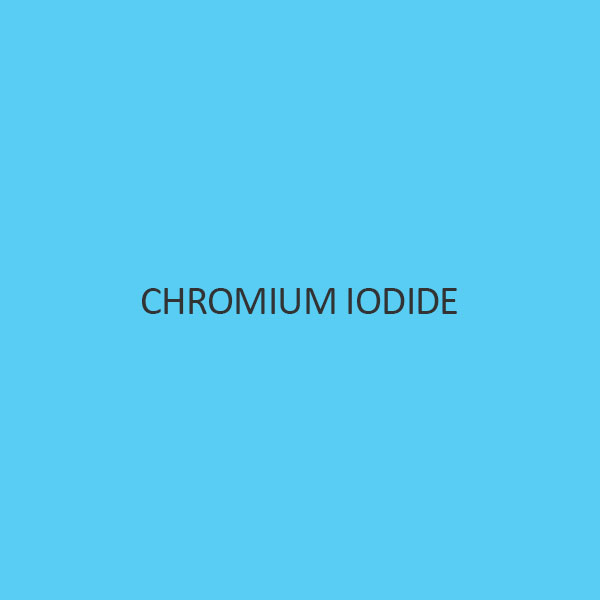
Chrome plating is also commonly used in automotive parts. Common household items that are manufactured with chrome plating are doorknobs, bathroom taps, and lighting fixtures. The result is a thin layer of chromium being left on top of either a metal or alloy substrate. It is accomplished by passing an electric current between two electrodes immersed in an electrolyte bath with chromic acid. Chromium is a great choice for plating as it is lustrous, hard, and naturally resistant to tarnishing and corrosion. Electroplating with ChromiumĮlectroplating, also known as electrodeposition, is the process of plating one metal onto another to prevent corrosion or enhance the appearance. Naturally occurring chromium is a mix of four isotopes. It is the first element in the periodic table to violate the Aufbau principle. Chromium chemistry has some things in common with vanadium, manganese and molybdenum.Ĭhromium’s electron configuration is 3d 5 4s 1. It is the first element of group 6, along with molybdenum and tungsten. It lies to the left of manganese and the right of vanadium on the periodic table. Hexavalent chromium or chromium is extremely toxic as it can cause cancer, destroy red blood cells, and give rise to genetic mutations.Ĭhromium is a hard, silvery transition metal with atomic symbol Cr and atomic number 24.

Trivalent chromium is a vital micronutrient and aids the efficiency of insulin in individuals who struggle with glucose intolerance.Southern Africa and Zimbabwe supply 99% of the world’s chromite which is composed of iron(II) oxide and chromium(III) oxide.75% of chromium produced today is used in alloys such as stainless steel to protect and shine base metals such as copper or zinc.


These change color in the presence of an oxidising agent. With potassium dichromate(VI) solution you have to use a separate indicator, known as a redox indicator. Unfortunately potassium dichromate(VI) solution turns green as you run it into the reaction, and there is no way you could possibly detect the color change when you have one drop of excess orange solution in a strongly colored green solution. As soon as you add as much as one drop too much, the solution becomes pink - and you know you have reached the end point. As you run the potassium manganate(VII) solution into the reaction, the solution becomes colorless. Potassium manganate(VII) titrations are self-indicating.

There are advantages and disadvantages in using potassium dichromate(VI). You will see that the chromium(III) sulfate and potassium sulfate are produced in exactly the right proportions to make the double salt.


 0 kommentar(er)
0 kommentar(er)
